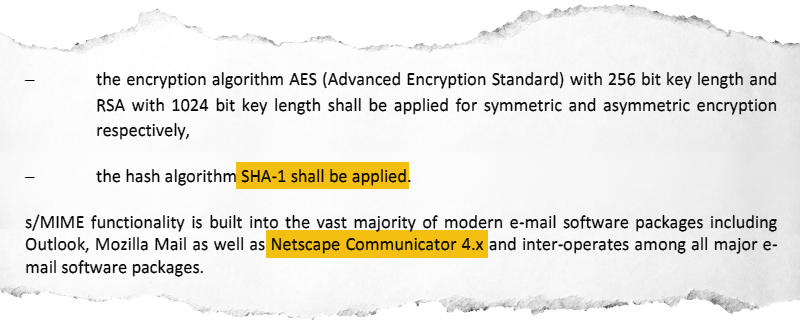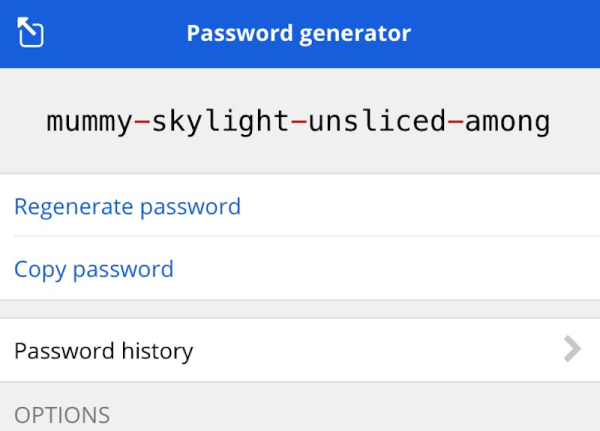You may have been one of the many of us who received an email from Ubiquiti this week, recommending a password change. The email stated that there was an unauthorized access of Ubiquiti systems, and while there wasn’t evidence of user data being accessed, there was also not enough evidence to say emphatically that user data was not accessed. Ubiquiti has mentioned that the database that may have been accessed contains a user’s name, email address, hashed password, and optionally the mailing address and phone number.
Depending on how the Ubiquiti authentication system is designed, that hashed password may be enough to log in to someone’s account. In any case, updating your password would invalidate the potentially compromised hash. This event underscores a complaint voiced by Ubiquiti users: Ubiquiti has been making it difficult to administrate hardware without a cloud-enabled account. Continue reading “This Week In Security: Ubiquiti, Nissan, Zyxel, And Dovecot”














